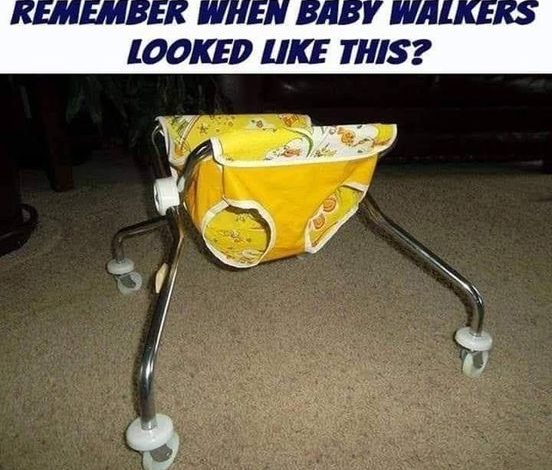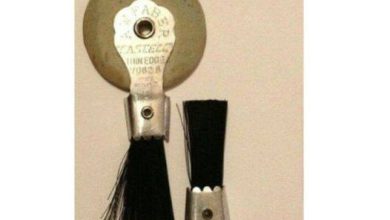
ADVERTISEMENT
The Evolution of Baby Walkers: A Nostalgic Look Back
Baby walkers have been a staple in households for generations, aiding little ones as they take their first tentative steps. However, the designs and safety standards of these walkers have evolved significantly over the years.
ADVERTISEMENT
The Early Designs
The vintage baby walker, as remembered by many from the 70s and 80s, featured a simple construction of a metal frame and a fabric seat. These walkers often came with minimal safety features and a straightforward design that allowed babies to scoot around the house. The fabric seats, usually bright and colorful, added a playful touch but did little to ensure safety. Parents fondly remember the sound of tiny wheels scurrying across kitchen floors as their little ones explored their burgeoning mobility.
Safety Concerns
Over time, concerns grew regarding the safety of these early models. Studies suggested that walkers could pose risks, such as injuries from tipping over and accidents involving stairs. Moreover, there was evidence to suggest that walkers might hinder rather than help a child’s natural walking development. These concerns prompted a reevaluation of their design and functionality.
Modern Innovations
In response to these safety concerns, modern baby walkers have been redesigned with numerous safety features. Today’s models are typically heavier, with a wider base to prevent tipping. Many are equipped with safety locks, non-slip components, and mechanisms that stop the walker at the edge of a step. Additionally, contemporary designs often incorporate interactive elements like toy panels, which not only entertain but also aid in cognitive development.
The Debate Continues
Despite improvements, the debate over the use of baby walkers continues. Some countries have banned them, while others have strict safety standards in place. Many pediatric experts advise against their use, suggesting stationary activity centers as safer alternatives.
Conclusion
The evolution of baby walkers from simple scooting devices to complex, safety-enhanced equipment reflects broader changes in how we perceive child safety and development. As we continue to prioritize the well-being of our youngest, it is likely that the baby walker will morph again, aligning even more closely with the latest in safety and developmental research.
ADVERTISEMENT




